Traducción: Ana Carolina Tapias Cañón

Davier Pérez, a visual arts student for Universidad del Atlántico shows through his exhibition “Waya”, an exchange of knowledge between the indigenous worldview and contemporary art, creating a lab as the result of working with 20 wayuu children.
The winning project of “Portafolio de Estímulos” launched by Barranquilla’s city hall, shows, through videos, photographs, and ethnic features, the work of the Poromana community, located 15 km on the route Riohacha-Maicao. The exhibition will be held at Casa Cultural Michelangelo in El Prado neighborhood, until June 9th, ending with a socialization of the artistic creation scholarship.
The Riohacha born artist says he has wayuu and afro roots and feels that wayuu ethinicity runs through his blood, which inspired him to develop his thesis around this knowledge exchange: “With my work, I always try to highlight the greatness and to show resistance to the corruption of this Department, through art”, explains Pérez.
Waya, which means “us” in wayuunaiki, was opened to the rhythm of bullerengue and ethnic chants. At the beginning of the exhibition, people can see red threads hanging from the ceiling as they form a floating mochila. Around the walls, there are photographs of the Poromana community weaving, a tradition that comes from the legend of “Wale´keru”.
In a bold act, Davier invites children to explore new ways of expression with the sacred threads that are used to weave the mochilas, for what he thanks the wayuu community and its will to experiment.
“The art of weaving allows wayuu people to materialize their dreams and revelations through each drawing, and this community jealously guards the technique that has helped them to preserve the culture for centuries. That’s why I really appreciate the gesture.”
His motivation lies in the fact that he didn’t have an artistic education while growing up, so as an act of love, he decided to give wayuu children the opportunity he would have wanted for himself: “In La Guajira I didn’t have access to education or art, so I felt that I had to contribute in some way to the new generations that have a new artistic inspiration and encourage them to create through art. I felt the need to share what I learned in art academy.
During the opening, the almost sacred moment became emotional. While everyone was connected to the music, David embraced someone who seemed like his mother, with a hug that led to tears. There were also other relatives of the artist, who were attending guests, as it is usual in guajiro families.
Wayuu children were also involved in activities that allowed the creation of ethnic art pieces, such as face painting ancestral stories, drawing each other, photograph their environment, celebrate water rituals and mold clay to make their popular “wayuunkerras”, the clay dolls used to teach storytelling.
The laboratory was possible thanks to the help of El Origen foundation, an organization that makes artists come together to share aesthetic experiences with ethnical communities.
“I had a wonderful experience with the wayuu community because they opened their doors for me and shared their culture without expecting anything in return”, says Davier, who hopes to open new doors to show his creative laboratory in different cities.
.png)


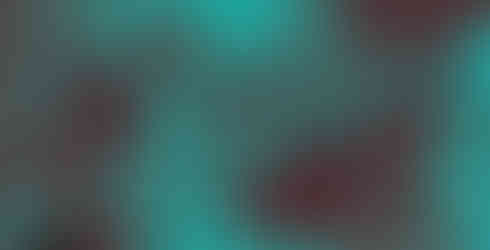






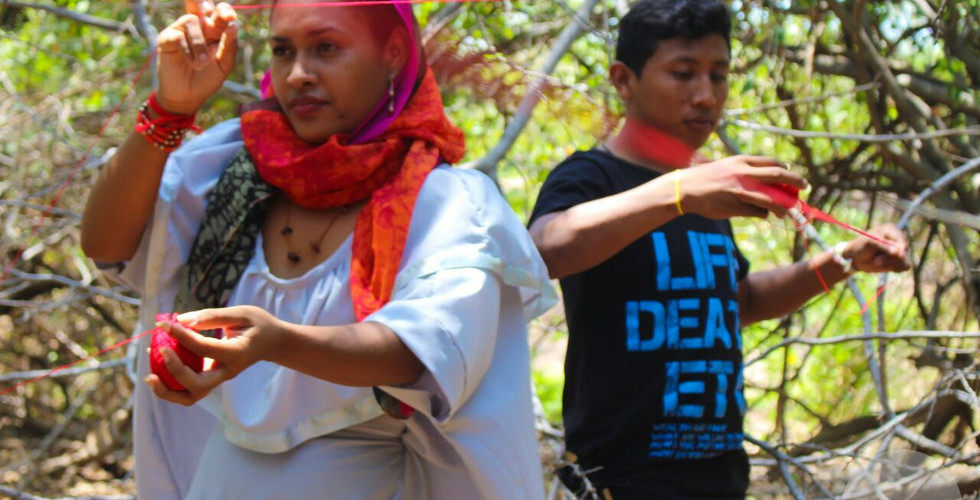
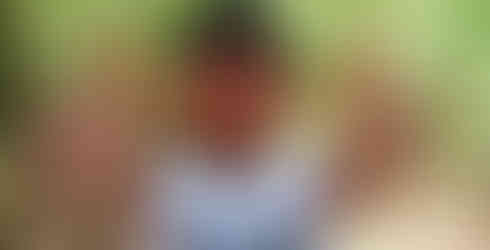

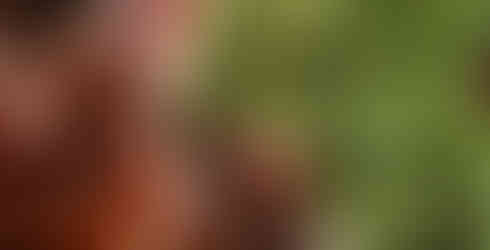













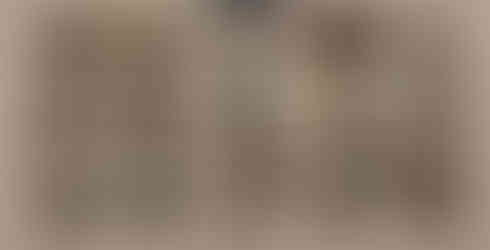

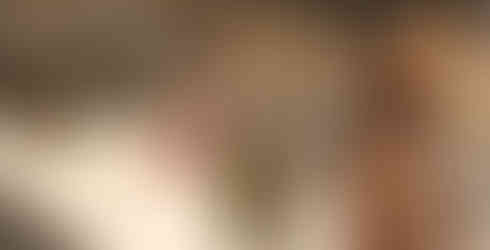

Comments